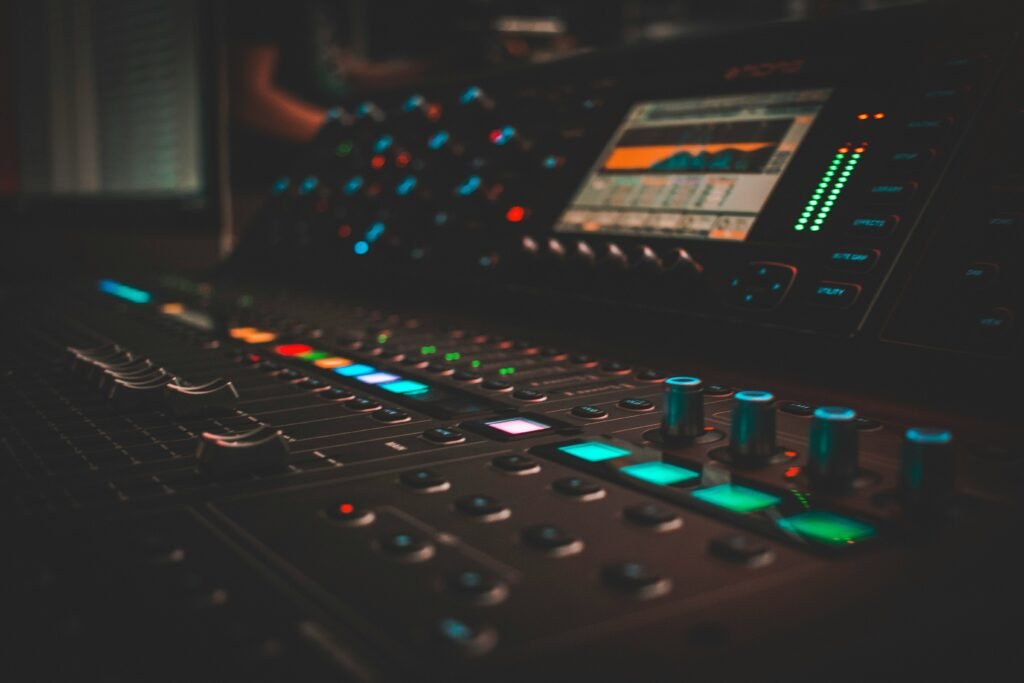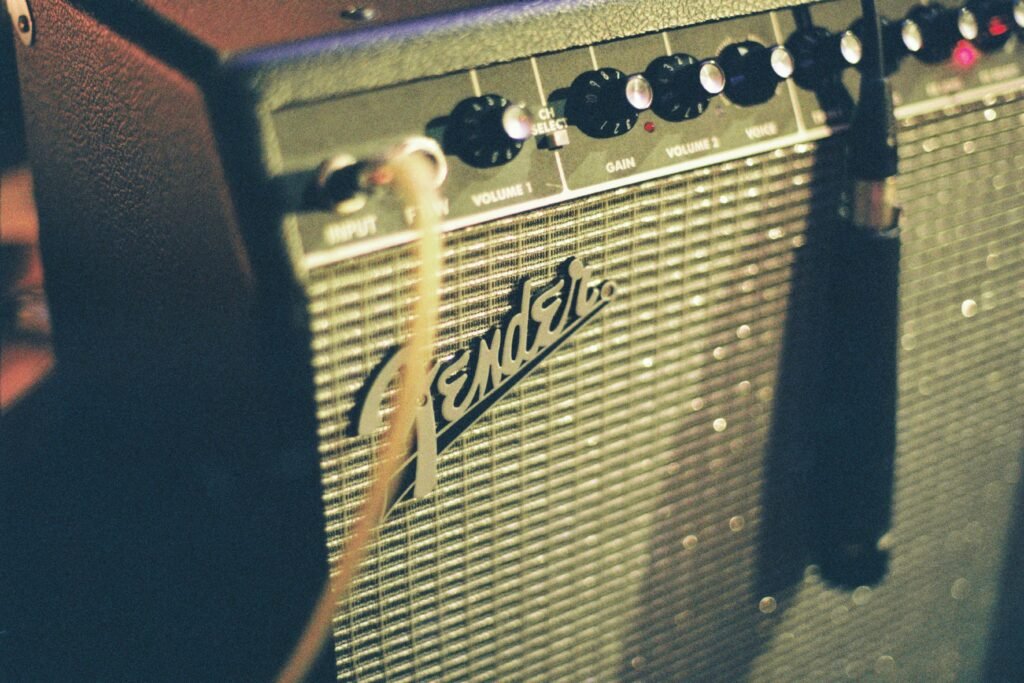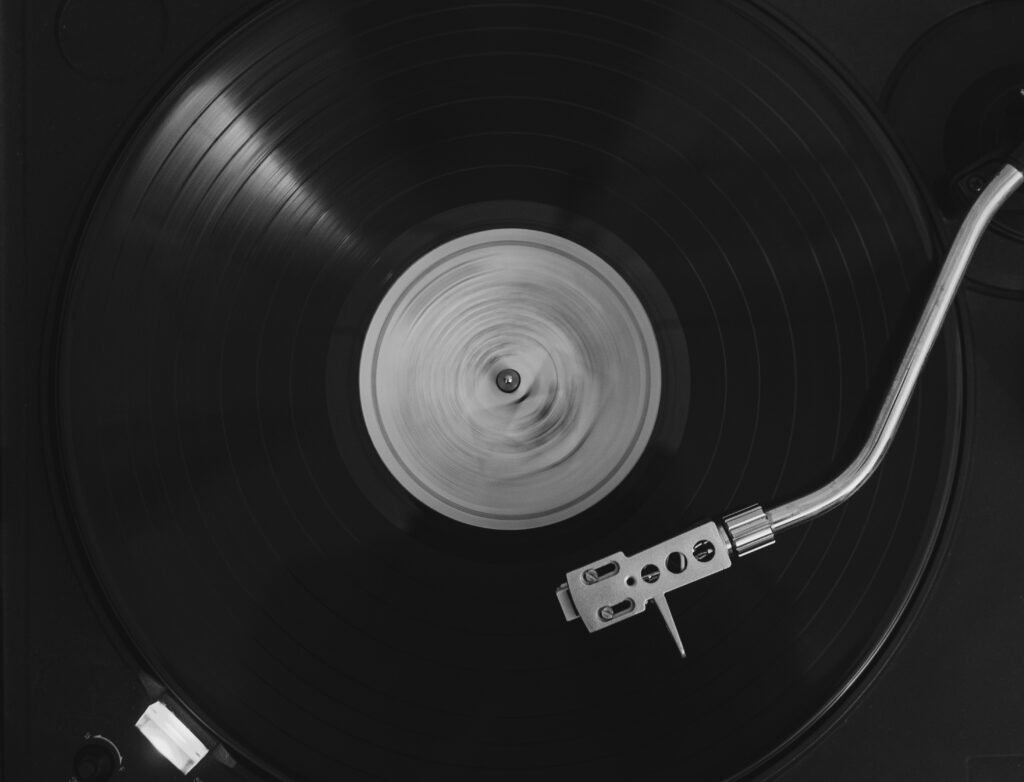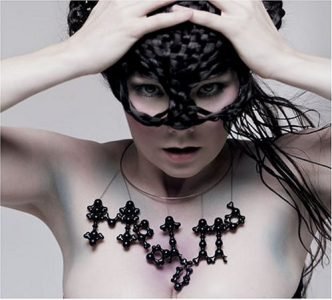By the time Medúlla arrived in 2004, Björk had already carved out a reputation for pushing the boundaries of pop music. Her previous record, Vespertine, was a hushed, intricate collection that leaned into digital textures and intimate soundscapes. With Medúlla, she took a sharp left turn. Instead of relying on electronics or traditional instruments, she built nearly the entire album out of human voices. In an era dominated by slick production and technology, this was a radical move. It positioned Medúlla not just as a departure from her own work, but also as a bold experiment in the broader musical landscape.
Björk set out to explore something raw and deeply human with Medúlla. She envisioned a record that stripped music down to its bones—something that could be made by people sitting in a circle, using only their mouths and breath. The album’s title, taken from the Latin word for “marrow,” reflects this goal. She wanted to tap into something primal, something that felt like it lived in the body, not just in the mind.
To bring this idea to life, she gathered a diverse group of vocalists, from beatboxers to choral singers to experimental throat performers. Each voice adds a different layer to the emotional and sonic palette, helping her map out the full range of what the human voice can do.
Sonic Exploration

The production of Medúlla is both meticulous and raw. Björk and her team engineered a sonic world where the voice is not just central—it’s everything. Despite its minimal instrumentation, the album doesn’t sound empty. Instead, it’s full of texture, shaped by breaths, growls, hums, and beatboxing. Each sound is placed with precision, yet there’s a looseness that preserves the humanity behind it. The mix balances clarity with intimacy, allowing the listener to hear every nuance—from whispered syllables to guttural chants—without ever feeling sterile. This approach reinforces the album’s central theme: stripping music back to its organic, bodily roots.
Musical Arrangements
Because Medúlla relies almost entirely on vocal elements, the arrangements had to be imaginative. Björk turns voices into drums, strings, synths, and atmospheres. She layers a cappella harmonies like sculptural forms, stacking tones and rhythms in ways that challenge traditional song structures. Tracks like “Where Is the Line” feature dense, almost aggressive beatboxing, while songs like “Vökuró” offer soft, haunting choral movements. There’s a deliberate contrast between the primal and the ethereal throughout the album. Even when voices mimic instruments, their humanity remains intact. It’s an ambitious act of transformation—using the oldest musical tool, the voice, to create something that feels both ancient and futuristic.
Genre Elements
Medúlla doesn’t sit neatly within any one genre. It draws from classical choral traditions, Inuit throat singing, avant-garde pop, beatboxing, and medieval modes, blending them into something that feels untethered from time and place. There are echoes of folk, gospel, experimental electronic music, and even hints of opera. Rather than fusing genres in a conventional way, the album reframes them through the lens of the human voice. The result is an album that resists categorization, inviting the listener to hear music in a new way—not as a product of technology or genre, but as a living, breathing form of expression.
Lyrical Analysis

At its core, Medúlla is a meditation on the human condition. Björk explores the elemental aspects of existence—birth, love, struggle, identity, and death. The lyrics reach into both the personal and the political, often drawing on themes of ancestry and cultural memory. Songs like “Oceania” imagine creation from a mother-ocean’s point of view, while “Who Is It” reflects on maternal strength and self-sacrifice. There is a recurring interest in bodily presence and the inner voice, with references to breath, flesh, and instinct surfacing across multiple tracks. These themes mirror the album’s vocal-only foundation, creating a deep connection between form and content.
Lyrical Depth
Björk’s writing on Medúlla is rich in metaphor and ambiguity. Rather than telling clear-cut stories, the lyrics often unfold like emotional sketches—impressionistic, poetic, and open-ended. “Desired Constellation,” for example, uses cosmic imagery to express vulnerability and longing, while “Ancestors” abandons traditional language entirely, relying on guttural vocalizations to convey something older and more primal than words. There’s a deliberate avoidance of convention here. The lyrics don’t guide the listener so much as invite them to feel and interpret. This abstract approach adds depth, encouraging multiple readings and emotional responses.
Emotional Impact
The lyrics on Medúlla are a key part of the album’s emotional pull. Though abstract at times, they are delivered with such sincerity and intensity that their impact is immediate. Whether it’s the quiet introspection of “Show Me Forgiveness” or the raw, almost confrontational energy of “Where Is the Line,” the words act as emotional conduits. Björk’s vocal performance enhances this—every inflection and breath carries weight. Combined with the album’s vocal-centered production, the lyrics create a visceral experience. They don’t just tell you something—they make you feel it in your gut.
Cohesion and Flow

Medúlla doesn’t follow a conventional narrative arc, but there is a clear emotional and sonic journey across its runtime. The album opens with “Pleasure Is All Mine,” a dense, almost confrontational track that establishes the raw, vocal-driven aesthetic. From there, it moves through a series of emotional states—conflict, reflection, tenderness, and transcendence. The sequencing feels intentional, even if abstract. Each song seems to respond to the one before it, either by contrast or continuation.
The transitions between tracks aren’t always seamless in a traditional sense, but they’re effective in guiding the listener through a complex and evolving soundscape. There’s a sense of descent into the body and then re-emergence into something more spiritual by the end, particularly with the final track, “Triumph of a Heart,” which brings a celebratory, physical energy to a close that feels earned.
Thematic Consistency
Despite its wide-ranging influences and vocal techniques, Medúlla maintains a strong thematic and emotional core. Every track, no matter how experimental, is tied to the album’s central idea of returning to the essence of human expression. The use of voice as the sole or primary instrument keeps the aesthetic grounded, even when individual tracks veer into avant-garde territory.
While songs like “Ancestors” might feel jarring on first listen due to their raw, wordless sounds, they still align with the album’s exploration of pre-language and primal emotion. This thematic consistency allows Medúlla to feel cohesive—not through uniformity, but through its commitment to an overarching vision. The result is a body of work that challenges, provokes, and ultimately holds together as a singular, immersive experience.
Standout Tracks and Moments
“Oceania” is perhaps the most immediately striking piece on Medúlla. Originally composed for the 2004 Olympic Games, the song presents life as told by the ocean itself. Its sweeping vocal arrangements and use of the London Choir elevate it to a kind of mythical scale, showcasing Björk’s ability to merge concept and sound into something universally resonant.
“Who Is It” stands out as one of the more accessible tracks, with a strong rhythmic backbone driven by beatboxing and layered harmonies. It captures a sense of defiance and maternal strength, channeling raw emotion through intricate vocal interplay.
Then there’s “Vökuró,” a quiet, Icelandic lullaby that interrupts the album’s more abstract moments with stark, choral beauty. Its simplicity is its power. Sung in her native language, Björk delivers the piece with a reverent calm, allowing the melody and harmony to speak volumes without embellishment.
Memorable Moments
One of the most unforgettable moments arrives during “Ancestors,” where Björk and Tanya Tagaq engage in a near wordless exchange of breath, growl, and howl. It’s primal and unsettling, yet deeply expressive—offering a glimpse into the pre-verbal emotional world that much of the album seeks to uncover.
Another highlight is the bridge of “Desired Constellation,” where Björk’s vocals float over a repeated, glitchy sample, creating a haunting juxtaposition of vulnerability and restraint. The lyrics—“How am I going to make it right?”—echo with quiet desperation, made even more poignant by the sparse arrangement.
Even silence becomes a tool on Medúlla. In tracks like “Show Me Forgiveness,” the lack of accompaniment heightens the intimacy, as if the listener is eavesdropping on a private confession. These moments remind us that the absence of sound can be just as powerful as its presence.
Artistic Contribution and Innovation

When Medúlla was released in 2004, it stood out as a bold and unorthodox offering in a musical landscape increasingly shaped by digital production and polished pop formulas. Even within Björk’s eclectic discography, the album marked a significant departure—eschewing traditional instrumentation almost entirely in favor of vocal-only arrangements. In doing so, Medúlla carved out a space for itself not just within experimental or avant-pop circles, but also within broader conversations about what constitutes a “pop” album. It challenged the expectations of both genre and industry, refusing to cater to mainstream trends or easy categorization.
Innovation
Medúlla’s most significant innovation lies in its radical use of the human voice. Björk didn’t just strip away instruments—she reimagined what voices could do. Beatboxing replaces percussion, harmonized breaths create rhythm, and throat singing adds raw, animalistic texture. Each vocal contribution was treated with the same care and complexity usually reserved for instruments. This approach required inventive recording techniques and a deep understanding of vocal range and timbre.
Thematically, the album also broke new ground. Its focus on the body, ancestry, and pre-verbal emotion was a direct counter to the hyper-technologized culture of the early 2000s. Björk offered a different kind of futurism—one rooted in primal sound and ancient tradition. Few artists have combined innovation and emotion so seamlessly. In Medúlla, experimentation doesn’t distance the listener. Instead, it pulls them in closer, asking them to engage with music in a raw and deeply human way.
Closing Thoughts

Medúlla is not an easy album, nor is it trying to be. It asks the listener to let go of familiar structures and embrace something elemental and strange. Yet in doing so, it offers a rare kind of intimacy. By centering the human voice—raw, unfiltered, and untamed—Björk creates a work that feels both ancient and forward-thinking. Its strength lies in this duality. It honors primal instincts while using cutting-edge production to elevate them into something transcendent.
Among the album’s greatest strengths are its emotional intensity, conceptual bravery, and meticulous vocal craftsmanship. Every sound feels purposeful, and every silence carries weight. Tracks like “Oceania” and “Vökuró” showcase Björk’s vocal power, while songs like “Ancestors” and “Desired Constellation” push the boundaries of what music can express without relying on conventional instruments or melodies.
Its few challenges may come from its uncompromising nature. For some, the lack of traditional hooks or the abstract structure may feel inaccessible. But these same qualities are what give Medúlla its lasting value. It doesn’t pander or placate. It dares.
As a part of Björk’s catalog, Medúlla represents a moment of fearless experimentation. It bridges the mystical intimacy of Vespertine with the politically charged boldness of Volta, forming a crucial pivot in her artistic evolution. Its influence is felt in the rise of vocal-centric experimental artists, and its legacy continues to grow with time.
Official Rating: 10/10
This perfect score isn’t just for its execution, but for its ambition. Medúlla redefined what a pop album could be by turning inward—to the voice, the breath, the body—and discovering a universe within. It remains one of the most innovative and emotionally resonant works of the 21st century, a singular piece of art that defies genre and expectation.
